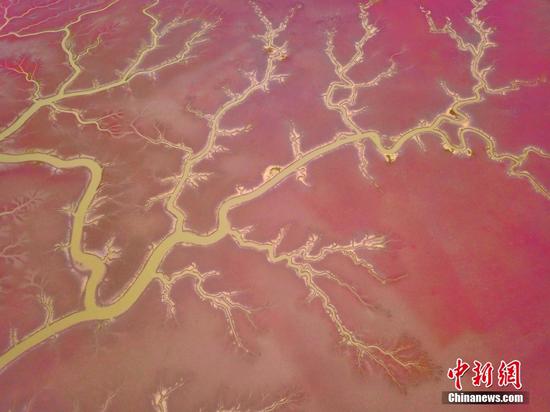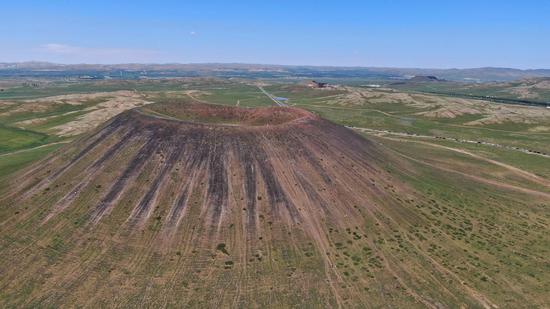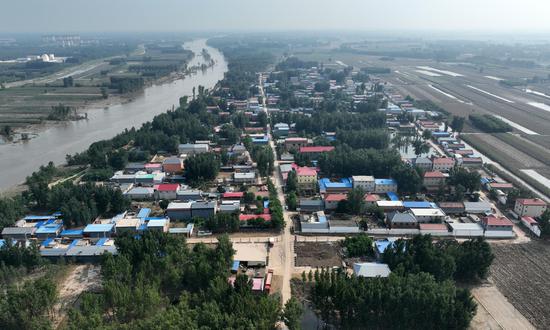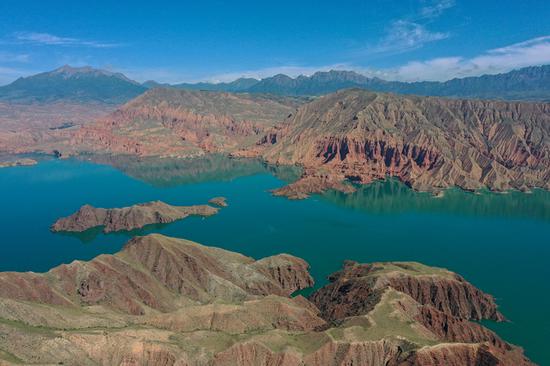China has made continuous improvement in ecosystem quality with the most contribution to the global increase in green areas, made world-leading efforts in desertification control with over 300 million mu of desertification control achieved, and made significant achievements in national park construction, the National Forestry and Grassland Administration said on Tuesday.
Over the past decade, efforts to strengthen ecological protection and restoration have been intensified, promoting integrated protection and systemic management of mountains, rivers, forests, fields, lakes, grasslands, and deserts.
Forest area and stock have continuously grown, with the national forest coverage rate increasing from 21.63 percent to 24.02 percent. China has preserved an area of 1.314 billion mu of artificial forests, ranking first globally, the administration said in a statement sent to the Global Times on Tuesday.
China has contributed to about a quarter of the global increase in green areas, leading the world. The grassland area is 3.968 billion mu, the largest in the world, with an overall vegetation coverage of 50.32 percent. Grasslands have shifted from production-focused to ecology-focused. Wetlands cover 845 million mu, ranking fourth globally.
China has also made world-leading efforts in desertification control. Through the in-depth implementation of key ecological projects like the Three-North Shelterbelt Forest Program (TSFP), a large-scale afforestation project, 305 million mu of desertification control have been achieved. 53 percent of treatable desertified land has been treated. Desertification and sandy land have both been reduced.
The administration released a slew of ecological protection results on the occasion of China's first National Ecology Day, a pioneering and symbolic commemoration reflecting on the significant position of ecological civilization construction in the new era, Chinese officials said.
Some progress has been made in establishing a top-level design system for national parks. A spatial layout for national parks has been introduced, covering 49 candidate national park areas, accounting for 10.3 percent of China's land area, and hosting over 5,000 terrestrial vertebrates and over 29,000 higher plants.
The first batch of five national parks has achieved significant results, ensuring comprehensive protection for the sources of the Yangtze, Yellow, and Lancang rivers. Thirteen ecological corridors for localized giant panda populations have been established, protecting over 70 percent of wild giant pandas, the authority said. And the populations of tigers and leopards in the northeastern region are steadily increasing, with over 50 tigers and more than 60 leopards.
In the Hainan Tropical Rainforest National Park, the population of gibbons has been restored to six groups, totaling 37 individuals. The country has also ramped up efforts to integrate and optimize natural conservation areas and strengthen the protection of wild flora and fauna with 65 percent of higher plant communities and 74 percent of key protected wild species. The "wandering elephants" in Southwest China's Yunnan Province also received international acclaim.
China has also built robust ecological protection systems by formulating various laws covering forests, grasslands, wetlands, deserts and so on. For example, the damage rates for forest and grassland fires are significantly lower than the global average, the administration said.


















































 京公网安备 11010202009201号
京公网安备 11010202009201号